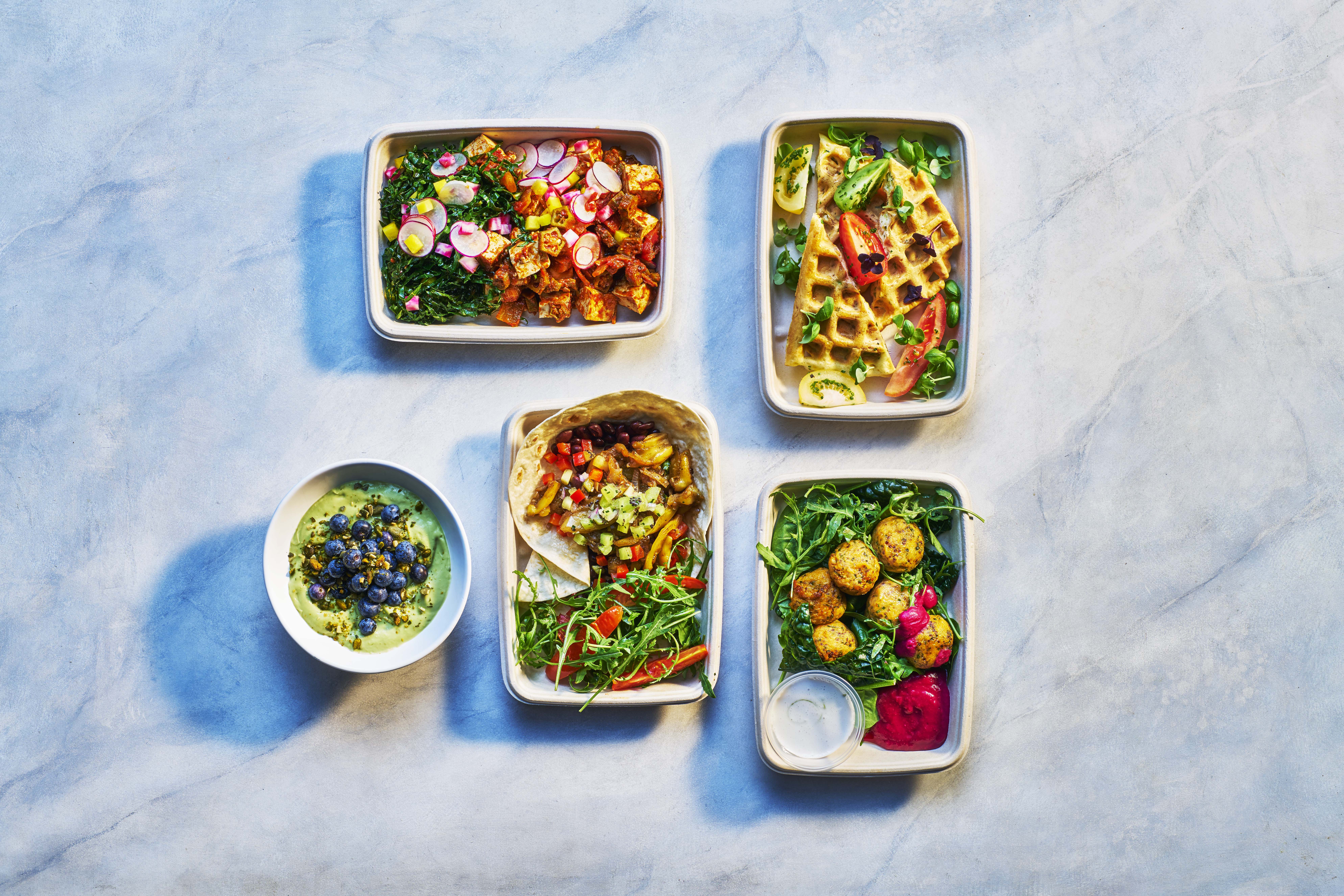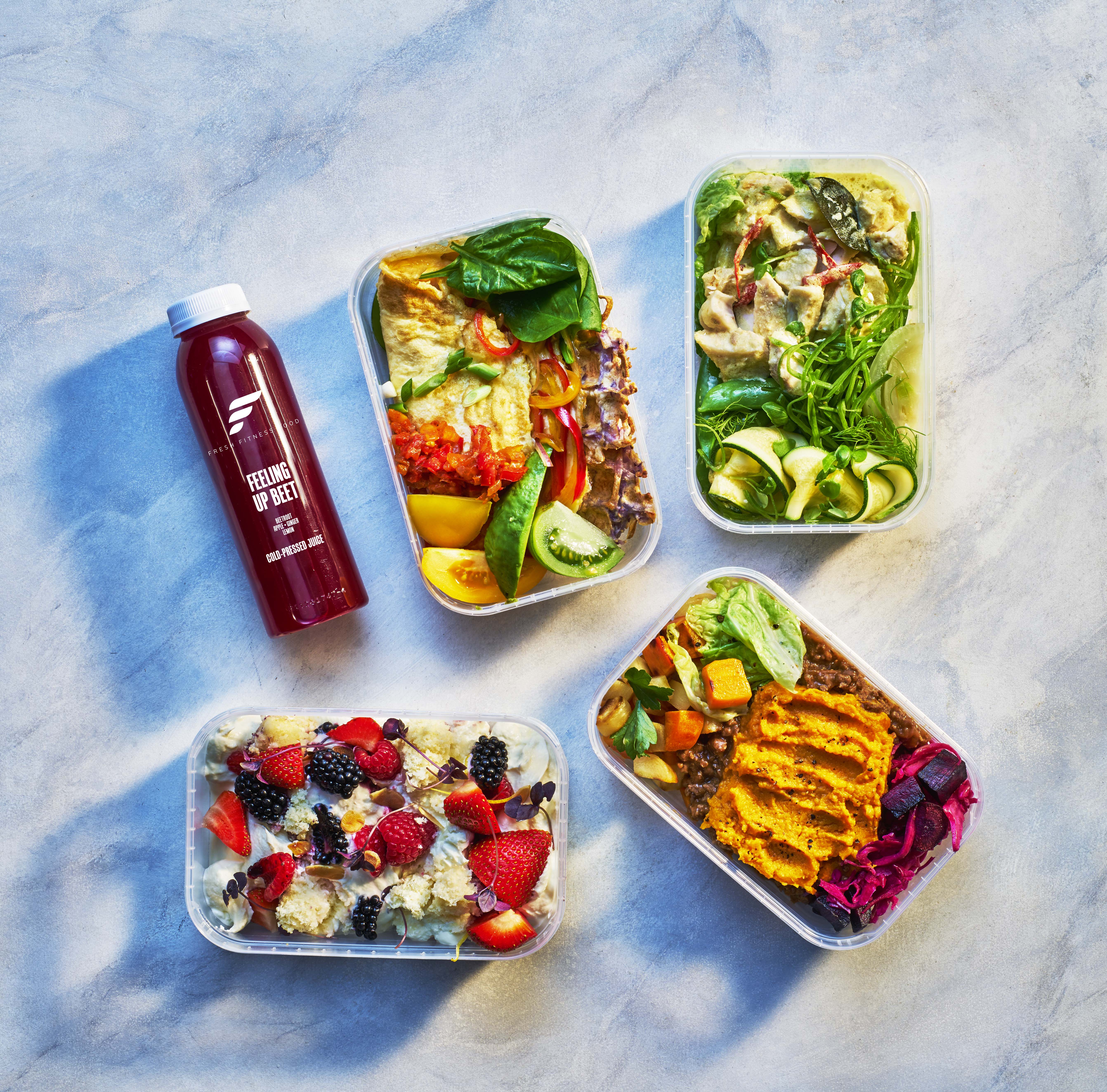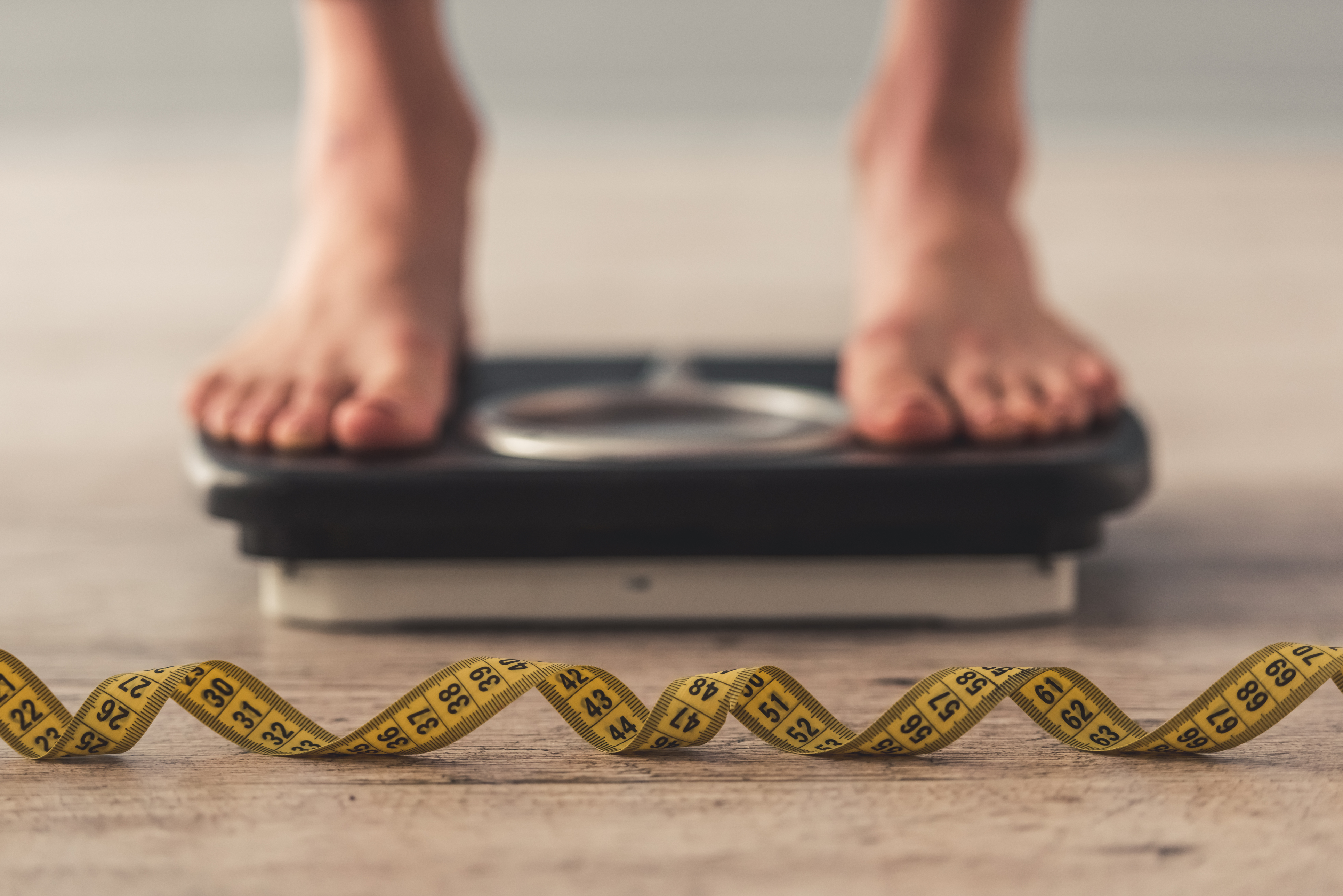Macros: everyone’s talking about them, and everyone’s counting them, but what on earth are they?!
You’ll probably have seen this buzzword doing the rounds on social media, alongside artfully curated ‘macro bowls’ filled with grains, raw veggies, chicken, and healthy fats like avocado.
But if you’re not au fait with the term, you’re probably wondering what this magical mathematical dieting secret is all about.
For years, the health conscious have been following the simple rule that to lose weight, you need to eat fewer calories than you burn off.
This appeals to our common logic, but it overlooks one major factor – the kind of calories you’re eating.
For instance, you could set a limit of 2,000 per day but fill your quota with chocolate, sweets and junk food, which isn’t exactly healthy or advisable.
Now, relying on guesswork and simplistic calorie-counting is out, and instead it’s all about counting macros – an approach billed as a simple way lose weight healthily and effectively, using a mathematical formula to find out your unique nutritional requirements.
The best part? It doesn’t prohibit adding the occasional slice of pizza or glass of wine into your nutrition plan (although, it does require some time spent on planning and prep).
Here’s our beginner’s guide to counting macros…
What are macros?
Macros is basically shorthand for macronutrients, an umbrella term for the three key food groups we all require to live and keep everything in healthy, working order: carbohydrates, fats and proteins.
Much like petrol in a car, macros compromise the basic ‘fuel’ your body needs to function on a day-to-day basis – whether you’re sedentary in an office chair, or lifting bricks on a building site.
“Ensuring we consume the right balance of macronutrients can significantly impact the quality of your results, whether your goal is fat loss, muscle gain, or weight maintenance,” explains Sophie Dillon a nutritionist from Fresh Fitness Food (freshfitnessfood.com), a meal delivery service which uses macronutrients to create personalised meals to help clients achieve their goals.
The idea is that if you hit the right amount in each category, not only will you lose weight, but you’ll be more effective at building muscle and burning fat in the gym.

It’s the way that personal trainers and athletes have been eating for years, following the idea that five calories of fat will be burned differently from five calories of carbohydrates.
Now, bloggers and regular gym-goers are starting to wake up to the idea that it’s no longer just about how much you eat, but rather the delicate balance within your meals.
“Macros are far more than just an energy source,” notes Jonathan Taylor, a personal trainer from Ultimate Performance (upfitness.co.uk). “And getting the right amounts of each type is essential to your health, body composition and performance levels.”
How do you track them?
Macros can be a pretty intimidating topic if you don’t have a nutritionist or personal trainer to help divide your daily calorie intake into the right split of food groups, but thanks to the internet, it’s easier than ever to keep a tally.

To figure out your own macro ratio, there’s a basic mathematical formula. First, you need to work out your basal metabolic rate (BMR) – the amount of energy your body uses at rest. This represents the minimum amount of energy needed to keep your body functioning.
Step two is to work out your total daily energy expenditure based on how active you are, and determine the deficit or surplus required to achieve your desired goal.
The calculation will then give you a daily calorie target, which you can split into three macronutrients (protein, carbs, fat).
All foods are divided up into a combination of these three macros, but not all macros have the same calorie content.
For example, protein and carbs are four calories per gram, while fat is nine calories, hence the maths involved in figuring out your macro ratios, is crucial for putting together your meals.
Traditionally, this meant using a complicated mathematical formula – calories per day x (% of macro/100)/kcal per g – but thankfully there are now plenty of apps and trackers that can do the sums for you, working out your daily requirements and suggesting foods that can help you meet your target.
The free app My Fitness Pal (myfitnesspal.com) uses your age, height, weight and activity levels to provide a breakdown of how you could split your calories to meet your overall aim – based on the idea that someone who wants to lose weight will need to eat differently to someone who is trying to pack on lean muscle.
For instance, on active days – where you’re working up a sweat in the gym – you’ll need more carbohydrates for energy.
During rest days, your body uses fat for fuel but switches to carbs when you’re doing any kind of high-intensity exercise.
That’s why on days when you’re working out, it’s a good idea to opt for carb and protein-loaded meals, while rest days are better fuelled with a higher amounts of fat.
To lose fat, Sophie says she gives her clients a basal of 40% protein, 20% carbohydrates and 40% fat, whereas bodybuilders pack in a higher carb ratio.
Once you’ve got your macro requirements figured out, measuring devices like weighing scales and measuring cups, will become your best friend.
If you’re stretched for time, meal prepping is a great way to stay on track. You can measure out your meals for the week ahead and store them in the fridge, ready to grab and go.

“You can find out the macro profile of different foods by looking at the food label, which typically lists the amount of each macro per serving and per 100g,” says Jonathan.
Trackers like MyFitnessPal make it as simple as scanning a product’s barcode; the app will pull up its macronutrient profile.
“Although there are exceptions, like very lean protein sources, most foods have a mixed macro profile and will count towards more than one of your macro targets. For example, 100g of sirloin steak contains roughly 25g protein, 10g of fat, but no carbohydrates.”
What can I actually eat?

Anything can be factored into your plan, but it’s really about opting for wholesome foods and healthy choices as much as possible.
“A common mistake when tracking macros is to focus too much on the quantity and completely forget the quality of foods,” says Jonathan.
“If it doesn’t swim, run, fly, or isn’t green or doesn’t grow out of the ground, then try to avoid it,” Jonathan continues.
“Avoid foods containing preservatives that you can’t spell, or ingredients you wouldn’t keep in the fridge.”
Sophie adds: “While hitting your macronutrient requirements is important, of equal importance is the food sources you are using to make up your macros.”

For example, eating a large pizza will not provide you with the same essential vitamins and minerals as a piece of grilled salmon, leafy green vegetables and sweet potato, irrespective of the fact that they may both be within your macro requirements.
She advises choosing lean protein sources, such as chicken, beef, salmon, white fish and turkey, paired with complex carbohydrates such as quinoa, brown rice and sweet potato, and lots of fibrous green vegetables.
The great thing about macro counting is if you’re clever about it, you can factor in a piece of cake or a slice of pizza a few times a week, however, and not go over your allowance. The key is moderation.
It takes a bit of trial and error to find your optimum macro ratio, but nail the magic number and, according to fans of the approach, you’ll soon start feeling stronger, leaner and healthier.





